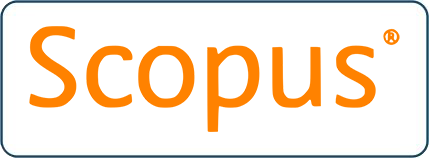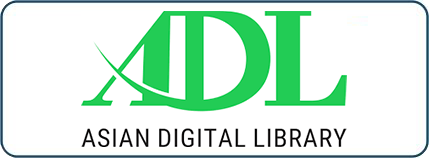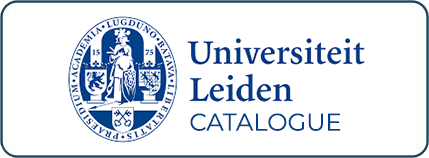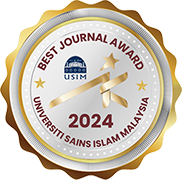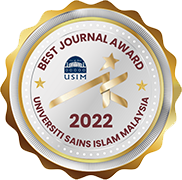Islamic Law and Trademark Protection
DOI:
https://doi.org/10.33102/mjsl.vol6no1.56Keywords:
Intellectual Property, Trademark, Islamic Law, Property, Right.Abstract
Protection of trademark in Islamic Law is covered under verses of the Holy Quran and traditions of Prophet Muhammad ï·º. Trademark is one of the component of Intellectual Property Law, which is protected under Islamic Law. Islamic law are those teachings which were revealed on the last prophet Muhammad ï·º, for the betterment of human beings in both worlds. Islamic Law protects rights of an individual whether they are material like property rights or immaterial like Intellectual Property rights. Protection of wealth is one of the Maqasid-ul-Sharia, which is the public right and are fully preserved under an Islamic Law. Almighty Allah says in the Holy Quran that “Do not eat the property of another with unlawful means except with a valid agreement, solemnized with a valid consent from both sidesâ€. Prophet Muhammad ï·º said that he who copies another’s work is not one of us. Prophet Muhammad ï·º went to Syria as a trader with the wealth of his preceding wife Hazrat Khadija RA. Imam Abu Hanifa and Imam Bukhari used to work as traders besides their exceptional works in Fiqh and Hadith. All types of trade and investment activities are valid, legal and protected under Islamic Law unless clearly prohibited by Almighty Allah in the Holy Quran or by Prophet Muhammad ï·º in the Sunnah. The transaction must be clear from Riba/Interest; which is an excess that has no corresponding consideration in exchange of property for property. The subject matter of the transaction must not be uncertain, and the purpose of the transaction and the activities governed under the contract must be legal under the light of the Holy Quran and Sunnah of Prophet Muhammad ï·º. Intellectual Property is protected under Islamic Law, which is that area of law, which concerns legal rights, associated with creative efforts, commercial reputation and good will. Intellectual Property Law includes patent for the protection of inventions, copyright for the protection of literary and artistic works and trademark for the protection of marks, signs, words and trade names, which distinguishes goods and services of one undertaking from goods and services of other undertakings, which must be distinctive and non-descriptive because an undescriptive trademark is a unique trademark which is easy to be registered and adhered by the public at large. The purpose of trademark is to provide an opportunity to the public to distinguish goods and services of one undertaking from goods and services of other undertakings and to adhere the source of goods and services. Trademark is protected under Islamic Law, but it does not allow the right holder to held illegal activities under a legal trademark. The trademark which is protected under Islamic Law is that trademark which is used for the promotion of legitimate goods and services.
Downloads
References
Abu Abd Allah Muhammad ibn Ismail ibn Ibrahim Al-Bukhari. Sahih al-Bukhari. Retrieved from https://sunnah.com/bukhari
Abu al-Husain ‘AsÄkir ad-Din Muslim ibn al-ḤajjÄj ibn Muslim ibn Ward. Sahih Muslim. Retrieved from https://sunnah.com/muslim
Agreement on Trade Related Aspects of Intellectual Property Rights. (1994). World Trade Organization
Bainbridge, David. (1997). Trade Related Aspects of Intellectual Property Rights: A Concise Guide to the TRIPs Agreement Information and Communications Technology Law.
Bodenhausen, Georg Hendrik Christiaan. (1968). Guide to the Application of the Paris Convention for the Protection of Industrial Property, WIPO Geneva, Switzerland.
Bryer, Lanning G. (2011). Intellectual Property Operations and Implementation in the 21st Century Corporation, John Wiley & Sons United States of America.
Coulson, Noel James. (1969). Conflicts and Tensions in Islamic Jurisprudence, University of Chicago Press Chicago.
Demsetz, Harold. (1974). Toward a Theory of Property Rights. Classic Papers in Natural Resource Economics, Springer Netherlands 163-177.
Haque, Abu Mohd Abdul. (1915). Al Bayan Fi Uloom Ul Quran, MA Sattar Bag Tohfa E Hind Press Delhi India.
Higgins, David M. (2012). “Forgotten Heroes and Forgotten Issuesâ€: Business and Trademark History during the Nineteenth Century, Business History Review. 86 (02) 261-285.
Jamar, Steven D. (1992). Protection of Intellectual Property under Islamic Law , Capital University Law Review. 21 1079.
Jr, Alfredo C Robles. (1999). History of the Paris Convention, World Bull. 15 1.
Kamali, Mohammad Hashim. (1991). Principles of Islamic jurisprudence, The Islamic Text Society United Kingdom.
Khong, Dennis WK. (2006). The Historical Law and Economics of the First Copyright Act, Erasmus Law and Economics Review. 2 (1) 35-69.
Mansuri, M Tahir. (2006). Islamic Law of Contracts and Business Transactions, ADAM Publishers and Distributors Islamabad, Pakistan.
May, Christopher. (2006). The World Intellectual Property Organization New Political Economy. 11 (3) 435-445.
Mittelstaedt, John D. (1997). The Protection of Intellectual Property: Issues of Origination and Ownership, Journal of Public Policy & Marketing. 14-25.
Motzki, Harald. (2002). The Origins of Islamic Jurisprudence: Meccan Fiqh Before the Classical Schools, Brill Netherlands.
Nyazee, Imran Ahsan Khan. (1998). Outlines of Islamic Jurisprudence Lulu.com.
Paris Convention. (1967). World Intellectual Property Organization
Salmond, John William. (1907). Jurisprudence: The Theory of the Law Stevens and Haynes United Kingdom.
Taubman, Antony. (2012). A Handbook on the WTO TRIPS Agreement, Cambridge University Press United States of America.
Udovitch, Abraham L. (1967). Labor Partnerships in Early Islamic Law, Journal of the Economic and Social History of the Orient. 64-80.
Weeramantry, Christopher Gregory. (1988). Islamic Jurisprudence: An International Perspective, Springer United States of America.
Zimmerman, Diane Leenheer. (2010). Statute of Anne and its Progeny: Variations without a Theme, Housten Law Review. 47 965.
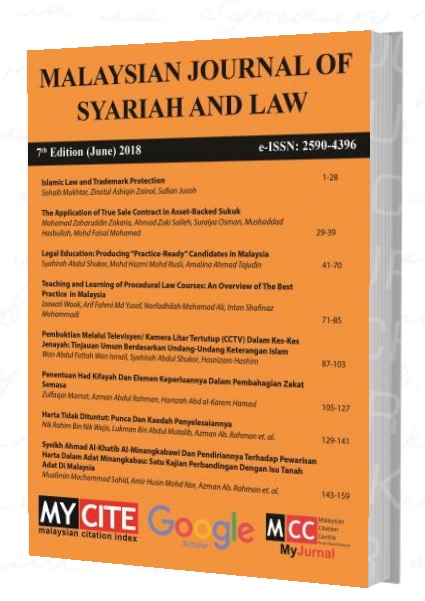
Downloads
Published
Issue
Section
License
Copyright (c) 2018 Sohaib Mukhtar

This work is licensed under a Creative Commons Attribution-NonCommercial 4.0 International License.













